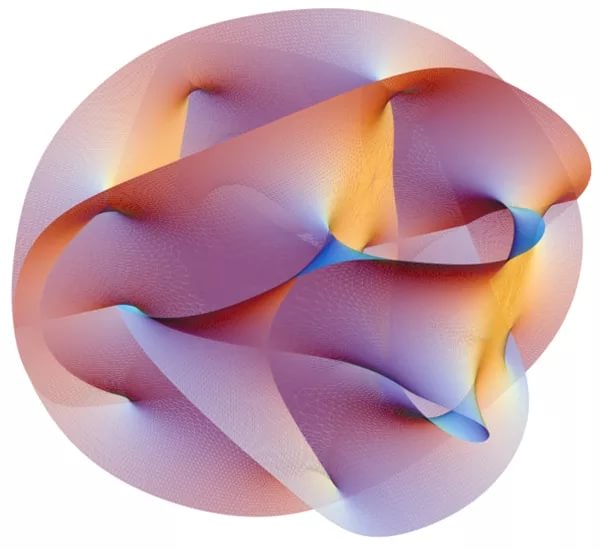
within PRIMUS Center, TETRAD Institute
October 2022:
We are revising the website for this Program and its Projects, in order to add many recent papers and other materials.
(Note: "NeoPlexus Project" is now known as the GHCM (Generalized Heterogeneous Computing Machine) Project within the Topological Neurocybernetic Dynamics Program)
We do continue to work on GHCM, but beginning in 2021, our concentration now is directed more to the biological foundations which we believe must be the basis for any GHCM architecture in the future. We are in fact concentrating on problems of noise, dissonance, and signal conflict - and how to use models from the biological brain and Central Nervous System to better understand how we must dresign the GHCM of the future. Thus, we direct the reader to the Neuroplex-C Project, which draws upon prior work in this Program and in turn contributes to it as well.
The concentration of work now is upon advancing our theoretical understanding and models for computation that is performed with arrays of protein-polymer conjugates, in a manner that is consistent with understanding the mechanisms of control exercised at the molecular scale within biological systems, namely eukaryotic cells and also bvacteria and viruses.
There are papers and presentations and an extensive bibliography, all of which are available upon request.
Thus, the TND approach to the "quantum computing" dimension of "Generalized Heterogenous Computing" is quite different from the approach that is in the "mainstream" of quantum computing research that is pursuing a different, yes, valuable, and yes, scientifically sound, pathway which is focused upon particular classes of computational problems where massive numerical computations are typically required, and all this in the context of a Turing Machine architecture, not different from the classical, conventional cpomputing machines of the past 75+ years.
We also work in the TND Program on models of how this non-Turing topological-order based form of computation is operating in the higher-order biological network system of the brain and central nervous system. This leads into topological pattern recognition performed by massive networks of neurons in which surfaces of neural regions are perhaps more significant, in understanding how the mammalian brain (for instance) recognizes, learns and remembers phenomena associated with external objects and internal cognitive structures.
We will soon place here a large number of papers written by both Institute scholars and fellows and other colleagues.
Patience, Please, as we have a lot to do!
Please read this preliminary overview document:
Also, look at other pages of TETRAD Institute, and PRIMUS Center, where there are papers and presentations at http://tdyn.org/martindudziak
Take a look at some of the papers connected with control theory and cybernetics, particularly from from 2017-2019!